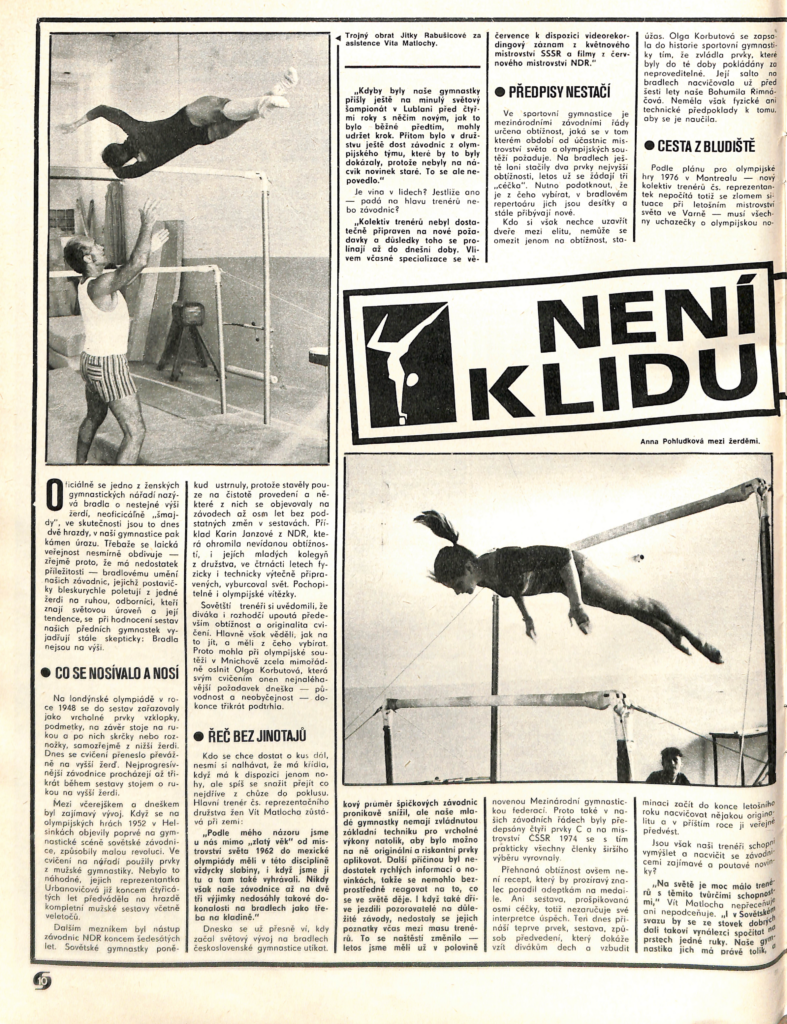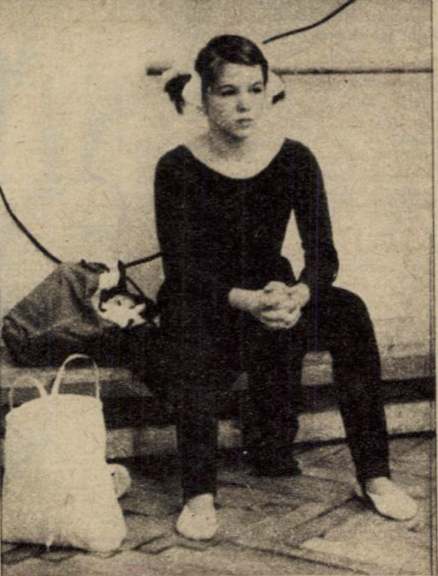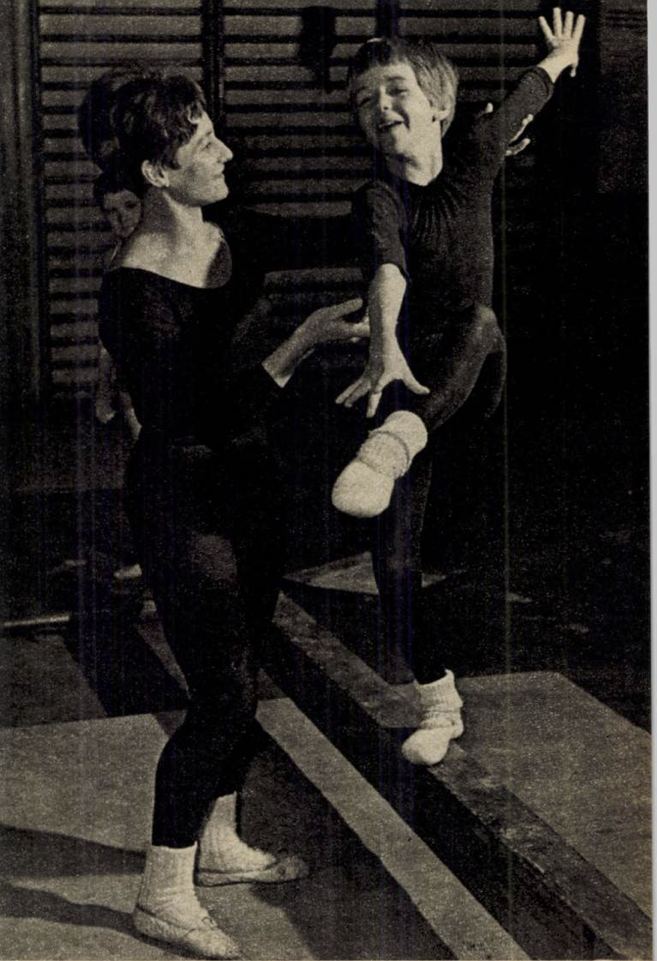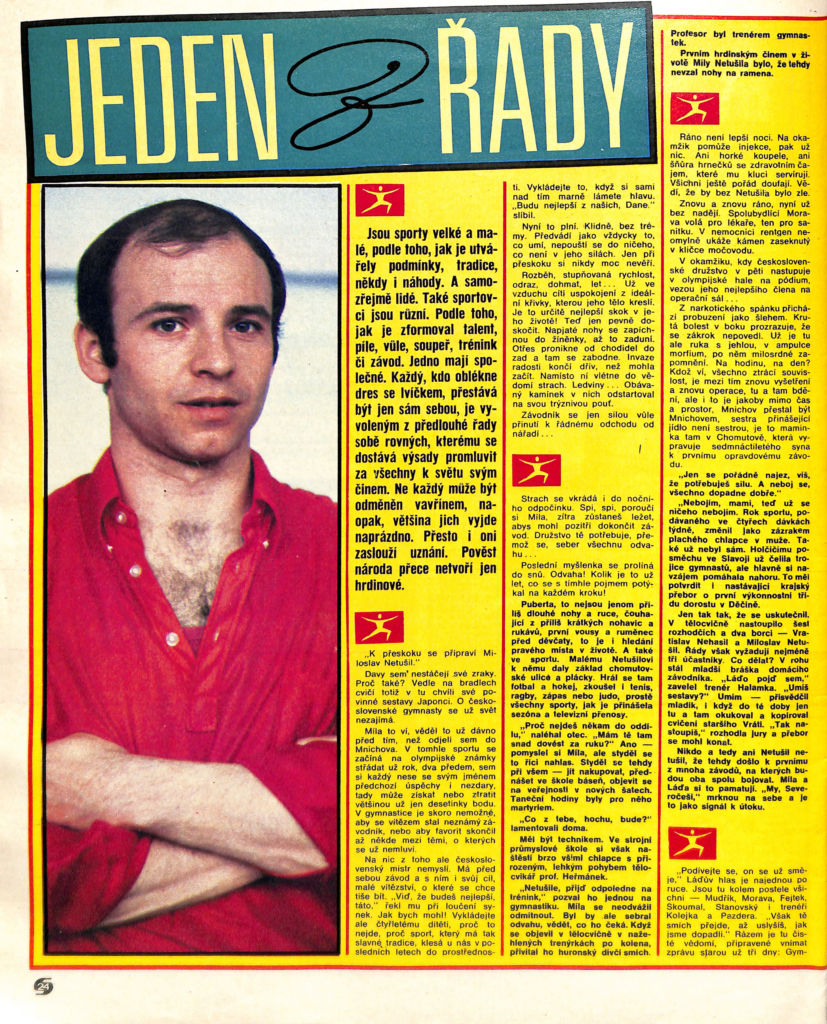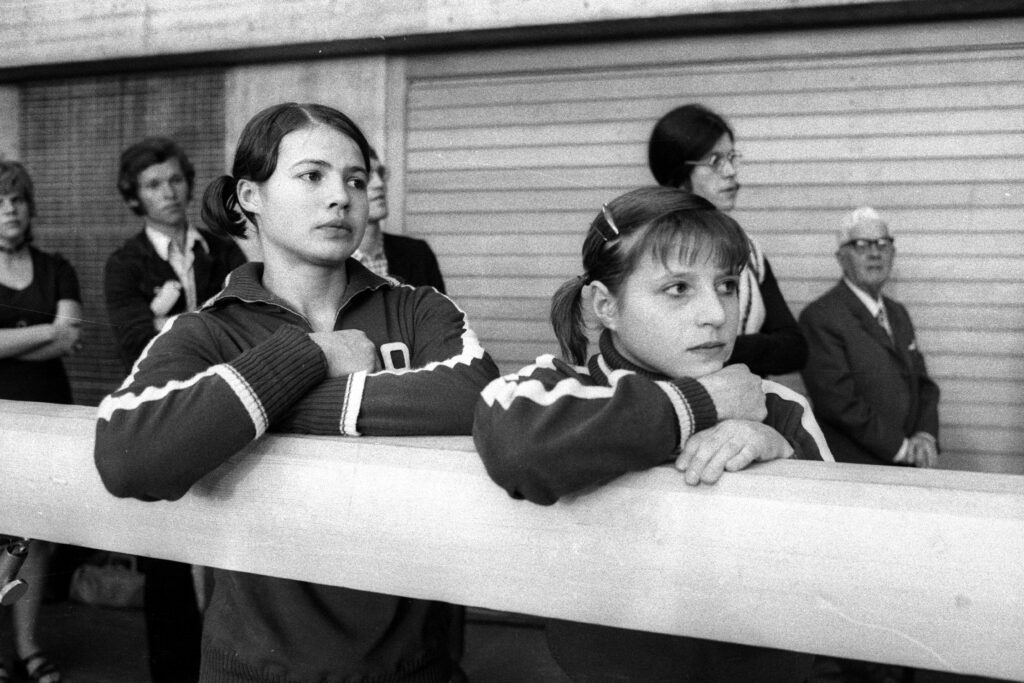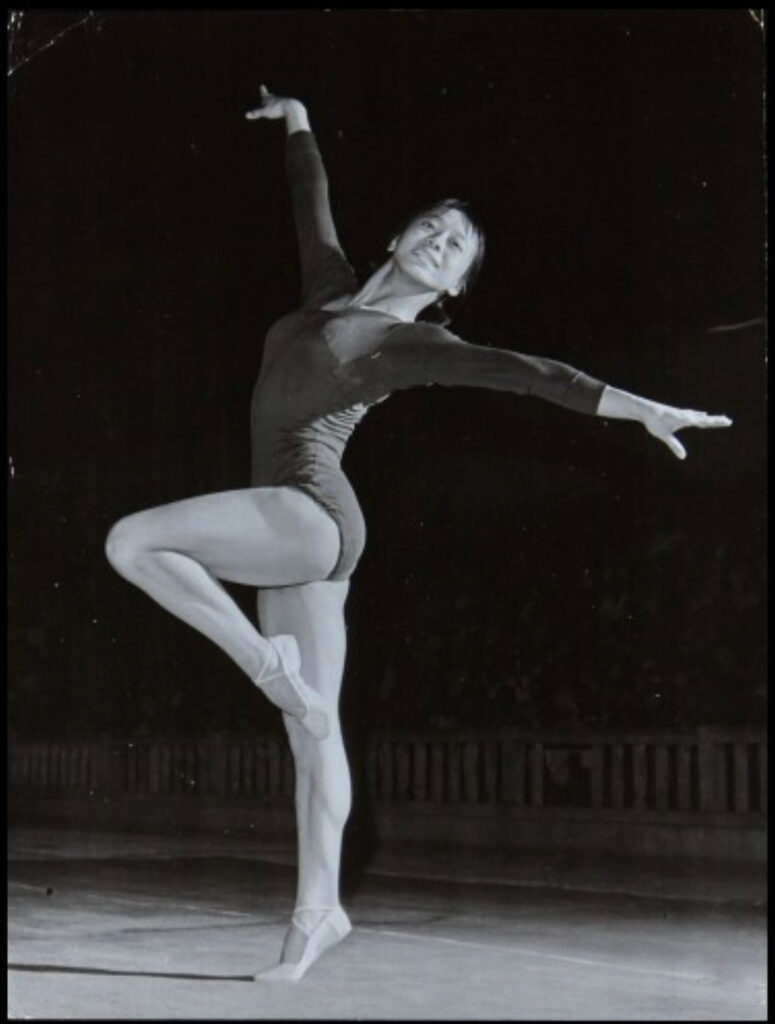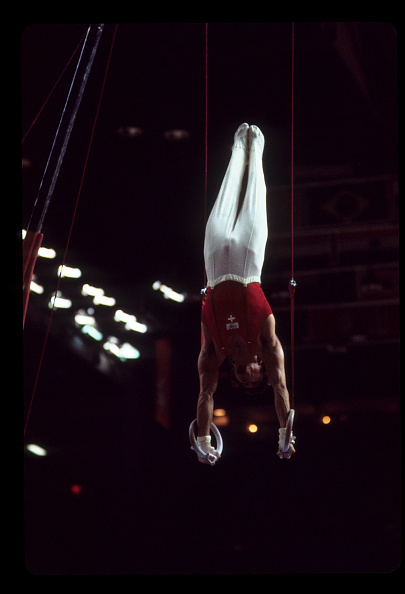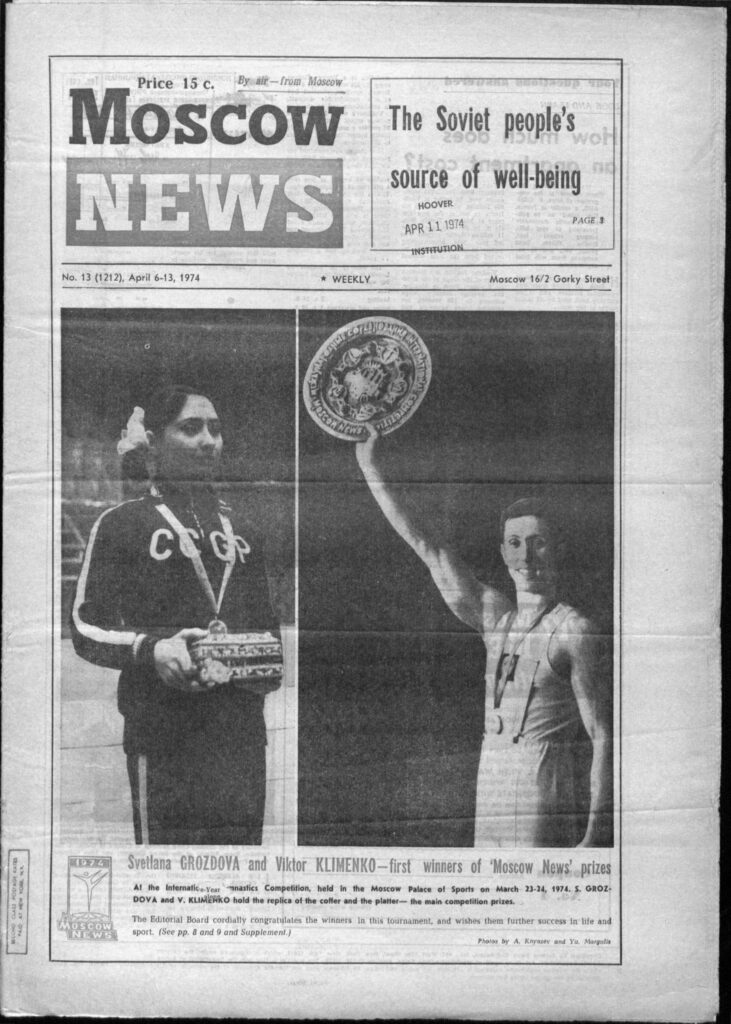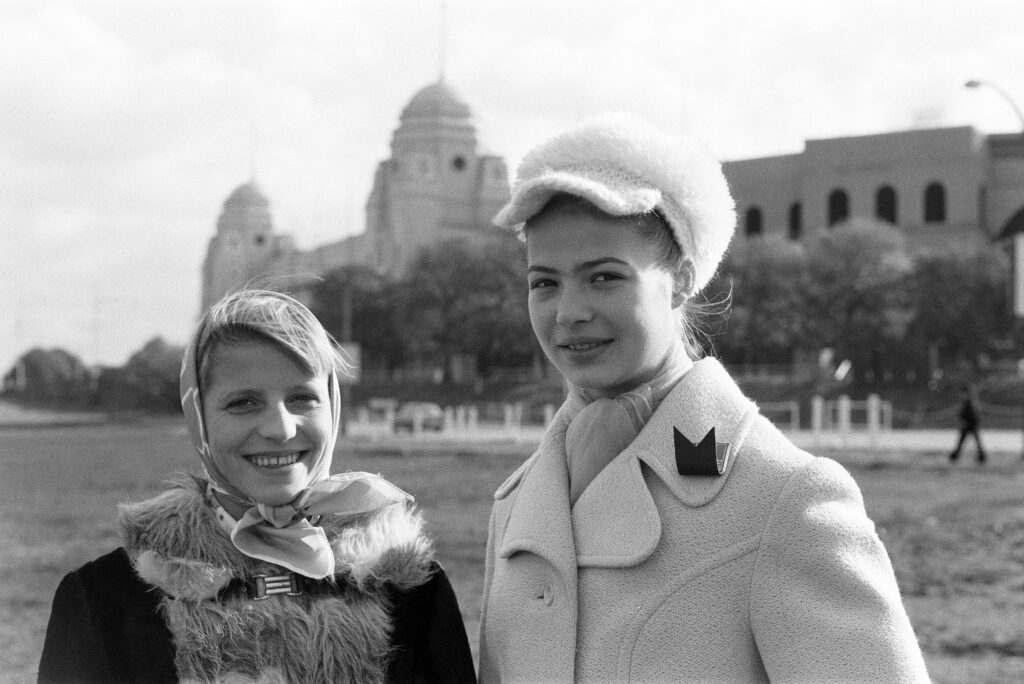From 1936 until 1968, the Czechoslovak women’s artistic gymnasts always won at least one medal at the Olympics. In 1972, that streak ended. In 1974, the leadership of the Czechoslovak women’s team was wondering how to return to its golden age. According to the article below, one potential solution was to improve on uneven bars. In particular, they were hoping to find something unique and extraordinary on the apparatus — similar to what Korbut brought to bars in 1972.
Interestingly, the article points out that Korbut was not the only gymnast to train the salto release on bars. Czechoslovak gymnast Bohumila Římnáčová had trained the same skill but couldn’t master it.
One final tidbit: It should be noted that the article leaves out an important detail in its historiography. At the 1934 World Championships, teams had a choice of uneven bars or parallel bars. The Czechoslovak team was the only team to choose uneven bars. In effect, it was the Czechoslovak women’s team that introduced uneven bars to FIG competitions.
